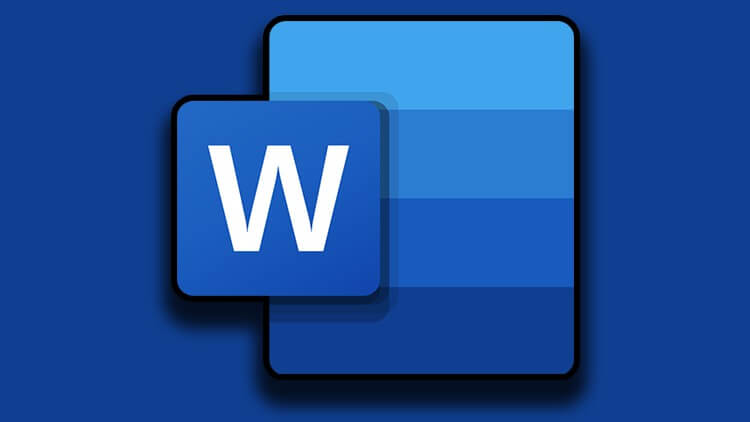Mastering Git: The Ultimate Git Tutorial for Version Control
Are you ready to elevate your development skills? “Mastering Git: The Ultimate Git Tutorial for Version Control” is a comprehensive course designed to provide you with the essential knowledge and practical expertise to manage projects efficiently using Git. Whether you’re a beginner or an experienced developer aiming to refine your version control practices, this course will guide you through mastering Git, the most widely used version control system in the world.
Version control is a crucial aspect of modern software development. It allows developers to track changes, collaborate efficiently, and manage projects seamlessly. This Git tutorial covers everything from the basics of version control to advanced techniques, ensuring that you understand how Git can enhance your productivity, reduce errors, and foster better collaboration within teams.
Why Learn Git Tutorial?
In today’s fast-paced software development environment, managing your code effectively is just as important as writing it. Git, with its powerful features, helps developers:
- Track and manage changes in the codebase.
- Collaborate seamlessly with team members.
- Work on different features simultaneously using branches.
- Revert to previous versions in case of errors or bugs.
- Integrate easily with platforms like GitHub, GitLab, and Bitbucket.
Mastering Git Tutorial will give you a competitive edge in the software development industry, making you a more efficient developer and enhancing your job prospects. By learning this essential version control system, you will significantly improve your workflow and communication within teams.
What You’ll Learn in This Git Tutorial
- Introduction to Version Control and Git
In the first section of this Git tutorial for beginners, we cover the basics of version control, why it’s important for software development, and an introduction to Git. We’ll compare centralized version control systems with distributed ones and explain why Git is often the preferred tool for version control in modern development projects.
- Installing and Configuring Git
This section guides you step-by-step through the process of installing Git on various platforms: Windows, macOS, and Linux. Additionally, you’ll learn how to configure Git with your user details and global settings. We also discuss the Git command-line interface (CLI) versus graphical user interfaces (GUIs) and how each can fit into your development workflow.
- Creating and Managing Repositories
One of the essential skills covered in this Git tutorial is creating and managing Git repositories. You’ll learn how to initialize a new repository, clone an existing repository from a remote platform, and understand the structure of the .git directory. By the end of this section, you’ll be able to manage your own projects and repositories effectively.
- Tracking Changes and Committing Code
Tracking changes is a key part of using Git for version control. In this section, we’ll dive into how to stage, add, and commit your changes. We’ll explain the importance of commit messages and provide best practices for writing clear, concise messages. You’ll also understand the difference between your working directory, staging area, and commit history.
- Working with Branches
Branches are essential for effective collaboration in Git. You’ll learn how to create, switch, and delete branches, as well as how to merge them. Additionally, we cover Git workflows like feature branching, Git Flow, and Trunk-based development, providing strategies that suit various project needs. Working with branches efficiently will allow you to isolate features, reduce conflicts, and streamline development.
- Collaborating with Remote Repositories
One of the most powerful features of Git is its ability to collaborate with remote repositories. In this section of the Git tutorial, you’ll learn how to work with remotes like origin, upstream, and forked repositories. You will discover how to push and pull changes between your local and remote repositories, and understand how to manage pull requests for code reviews using platforms such as GitHub, GitLab, and Bitbucket.
- Undoing Changes and Handling Errors
Mistakes happen, but with Git, you have the power to undo changes. We’ll explain how to revert commits, reset changes, and amend commits. Learn how to use the stash command to temporarily store changes and handle merge conflicts effectively. Additionally, we’ll show you how to recover lost commits and work with the Git reflog to retrieve previous changes.
Step-by-Step Git Tutorial for Developers
A step-by-step Git tutorial for developers is essential for mastering Git basics and improving collaboration in software development. This guide covers everything from setting up a repository to committing changes and branching. With proper Git training, you’ll understand how to resolve merge conflicts, work with remote repositories, and use Git for collaborative projects. Whether you’re a beginner or an experienced developer, this Git tutorial will help you streamline your workflow and manage your code efficiently.
Hands-On Learning with Practical Exercises
This Git tutorial isn’t just about theory. You’ll work through hands-on exercises and real-world scenarios to reinforce your understanding of Git. With quizzes at the end of each section, you’ll test your knowledge and build confidence in using Git on your own projects. The practical approach will make Git second nature in your development workflow, allowing you to manage projects with ease.
Benefits of Taking This Git Tutorial
- Comprehensive Coverage: Learn Git tutorial from the basics to advanced techniques.
- Hands-on Projects: Apply your knowledge through practical coding scenarios.
- Clear, Step-by-Step Guidance: Structured lessons with simple, easy-to-understand explanations.
- Boost Your Career: Version control is an essential skill for software developers, data scientists, and IT professionals.
- Lifetime Access: Enroll once, and you’ll have lifetime access to the course, ensuring you stay up-to-date with Git’s latest features.
Who Should Take This Git Tutorial?
This course is perfect for anyone looking to learn Git and version control:
- Beginners: If you’re new to Git, this course will teach you everything from scratch and help you become proficient in using Git for managing coding projects.
- Software Developers: Improve your workflow, collaboration, and code management with Git.
- Freelancers and Independent Developers: Keep your code organized and well-structured using Git.
- DevOps Professionals and System Administrators: Learn how to manage repositories and automate workflows using Git.
- Data Scientists and Engineers: Learn the best practices for version control in data-centric projects.
- Team Leads and Project Managers: Streamline your team’s development process with Git best practices.
Requirements
- No prior experience with Git is required—this course will teach you everything you need to know.
- Basic familiarity with the command line is helpful but not mandatory.
- You’ll need a computer with Git installed (installation instructions are provided in the course).
Enroll Today and Master Git!
By the end of this course, you’ll have a complete understanding of Git, allowing you to track project history, collaborate efficiently, and optimize your development workflow. Git is an essential tool for any developer, and mastering it will save you time, reduce errors, and boost your productivity.
Don’t miss out on this opportunity to learn Git—enroll today and start mastering Git, the version control system trusted by developers worldwide!
Contact Us for more udemy courses.
I am a skilled content writer passionate about crafting engaging and impactful content. With expertise in creating SEO-friendly articles, blog posts, and web content, I specialize in delivering compelling narratives that resonate with diverse audiences. Dedicated to quality and creativity, I ensure every piece stands out and leaves a lasting impression.



